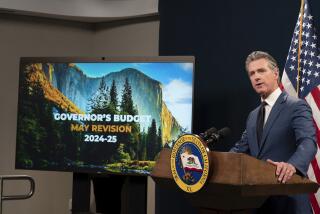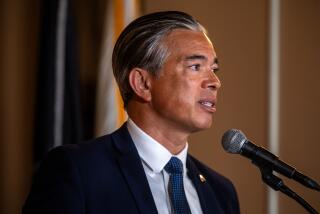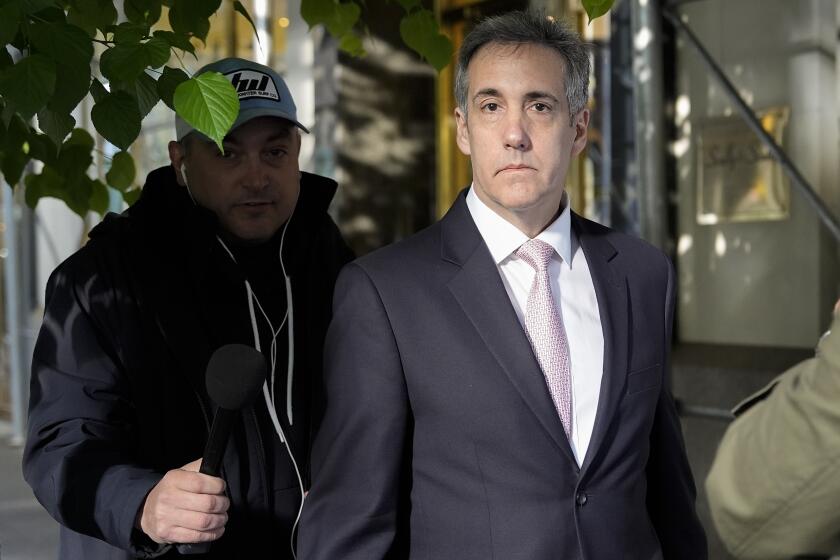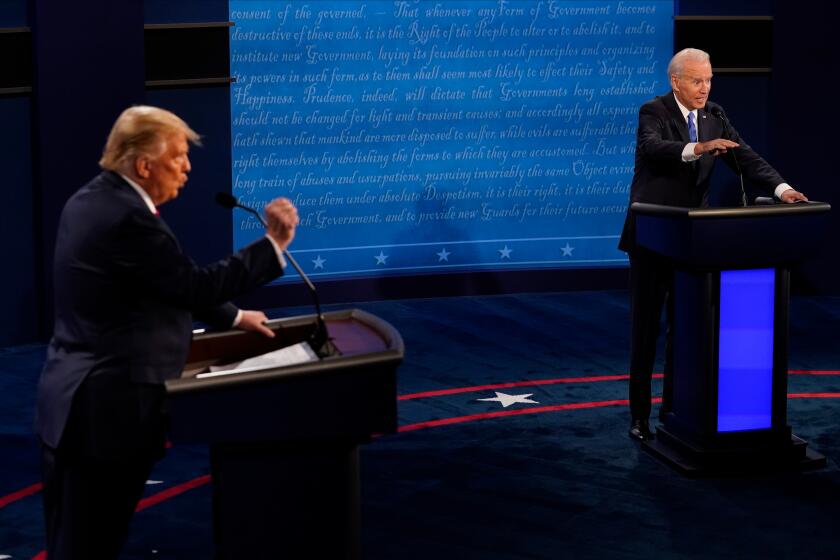Why Bashing the Fed Doesn’t Pay
Inflation has been stuck in the 4% to 5% range since the mid-1980s. At this rate, prices double about every 15 years and the purchasing power of the public’s cash balances is cut in half. The loss in value is transferred to the government just as if a direct tax had been levied on cash balances.
Also with inflation, corporations replace their machinery and other productive capital at ever higher prices. Since corporate depreciation allowances that provide for the replacement of productive capital are not corrected for inflation, inflation also acts as a tax on productive investment and raises the cost of capital. The problem is most acute for manufacturing firms that have little debt outstanding.
These are among the many ways that inflation transfers wealth and harms producers and consumers. If U.S. inflation is higher than inflation in other major centers, such as Germany and Japan, the dollar becomes a less stable and, therefore, less desirable international currency.
The only way to avoid these costs is to reduce inflation until prices are stable and then keep them stable. Absolute stability is not possible in a free economy and, fortunately, it isn’t necessary. As a nation, we can achieve nearly all the benefits of price stability if, on average, prices fluctuate modestly from month to month or year to year and are widely expected to remain stable. Stability, in this sense, should be our goal.
To achieve that goal under current conditions, the Federal Reserve must keep the growth rate of the money that it directly controls--called the monetary base--about equal to the maintained average growth rate of real output. Unless that happens, long-term control of inflation will not be achieved. Recently, Federal Reserve officials, including Chairman Alan Greenspan and President Lee Hoskins of the Cleveland Fed, have taken the remarkable step of advocating price stability as the Fed’s main goal. Just as important, the Fed has brought the annual growth of the money base into the range that is consistent with stable prices. If the Fed keeps money growth where it has been for the past year, we will be close to price stability in about two years.
The Bush Administration favored a return to price stability when the President took office. Recent statements, however, suggest that much of what was said then has been forgotten. First the President’s spokesman and then the President have taken turns urging the Fed to lower interest rates. Translated, that means faster money growth, a “temporary” setting aside of the goal of price stability. The Administration, facing congressional elections next November and a possible recession this winter, seems willing to defer the return to price stability, perhaps indefinitely. It would like more monetary stimulus now, lower interest rates and, perhaps, a lower value for the dollar.
This is a mistake--an often-repeated one--but a mistake nonetheless. Faster money growth now will not permanently lower long-term interest rates and may not lower them at all. As soon as people recognize that the Fed has turned from its commitment to achieve price stability to pursue other objectives, interest rates on long-term securities will rise. The rise will reflect the belief that inflation will continue and may even increase.
Experience here and in other countries bears this out. Countries with the lowest rates of inflation have the lowest market interest rates, and countries with the highest rates of inflation have the highest interest rates. The way to bring interest rates down, therefore, is to stick to the monetary policy that the Fed has followed. If the President wants interest rates to fall and remain lower, he should support, not oppose, the Fed’s anti-inflation policies.
In the 1960s, criticisms of the Fed--known as Fed bashing--became a major activity of government. President Lyndon B. Johnson was so disturbed by a small rise in interest rates in 1965 that he summoned then Chairman William McChesney Martin to his Texas ranch for a bashing. At the time, interest rates on long-term home mortgages were about 5% and inflation was about 2%. The Fed caved in, possibly without intending to do so. Money growth increased, and interest rates rose. In large measure, the higher rates of inflation experienced since 1965 are a result of mistaken attempts to keep interest rates from rising.
There is a paradox. The more effort the Fed (or the President) gives to trying to hold interest rates down by raising money growth, the higher the interest rates are likely to be. If the Administration and the President truly want lower interest rates, they should stop bashing the Fed.
They would be wise to do so. Recent Fed policy has been remarkably good. Since Greenspan became chairman in the summer of 1987, year-to-year money growth--measured broadly or narrowly--has been reduced to a modest, non-inflationary rate. Early in Greenspan’s tenure as chairman, the Fed moved to offset the inflationary monetary policies of 1985-86, part of the Fed’s and Treasury’s mistaken efforts to lower the value of the dollar. Because the effects of money growth on inflation operate with a lag of two to three years, the mistaken policies of 1986 contributed to the rise in inflation last year. By the time inflation began to rise, however, the Fed’s disinflationary monetary policy had been in place for two years, so the 1989 increase in inflation was modest.
With midterm congressional elections, Administration anxiety, a possible recession and rising unemployment in the next few months, Fed bashing is bound to increase this year. If the Fed gives in to the political pressure and lets money growth increase, we will have returned to the stop-and-go policies of the 1960s and 1970s that produced even higher inflation and unemployment each cycle. Long-term interest rates will rise, and the dollar will depreciate against the currencies of countries with lower inflation, such as Germany and Japan.
Which way will we go: toward price stability or higher inflation? Recent money growth has been higher than last year’s average. One can only hope that this is a temporary bulge, not the start of a trend toward a higher rate of increase. If money growth remains at last year’s annual rate, this year will be the beginning of the end for the inflation of the past 25 years. Much of the work has been done. A recession, if it should occur, is likely to be short and, in any case, cannot be avoided by monetary actions taken now.
Part of the costs of getting inflation down have been paid or soon will be. Some pain must still be borne as real estate prices and other inflation hedges adjust to reflect lower expected inflation. The benefits are within reach. It would be a shame if they are thrown away once again.
More to Read
Get the L.A. Times Politics newsletter
Deeply reported insights into legislation, politics and policy from Sacramento, Washington and beyond. In your inbox three times per week.
You may occasionally receive promotional content from the Los Angeles Times.






